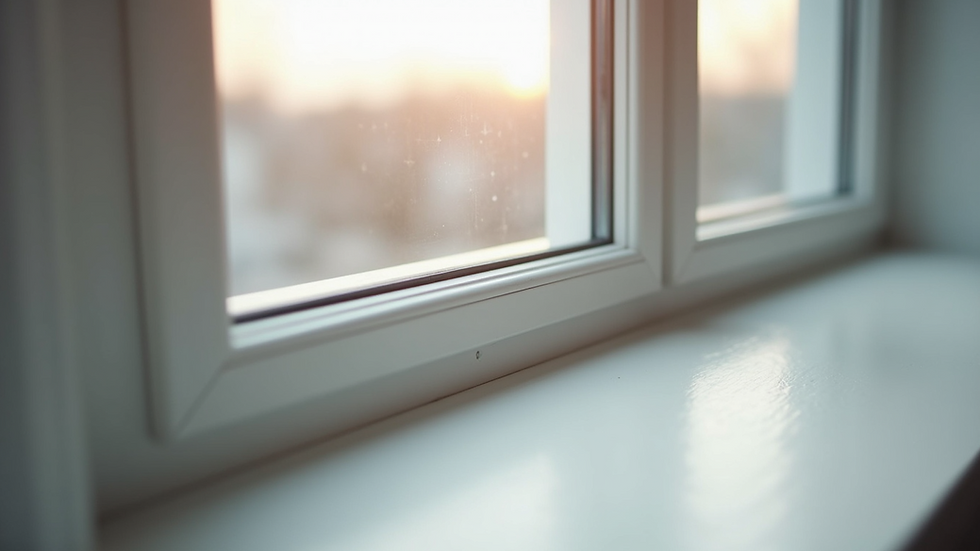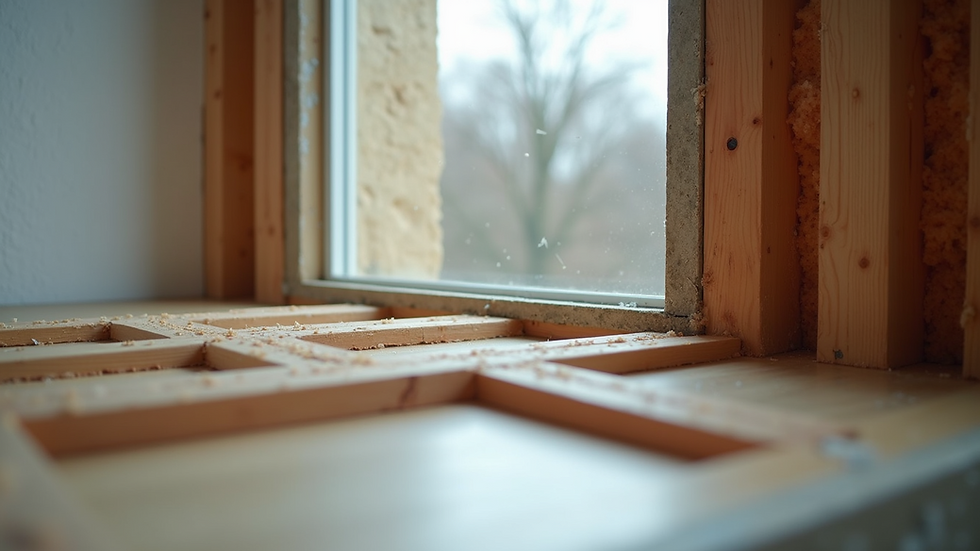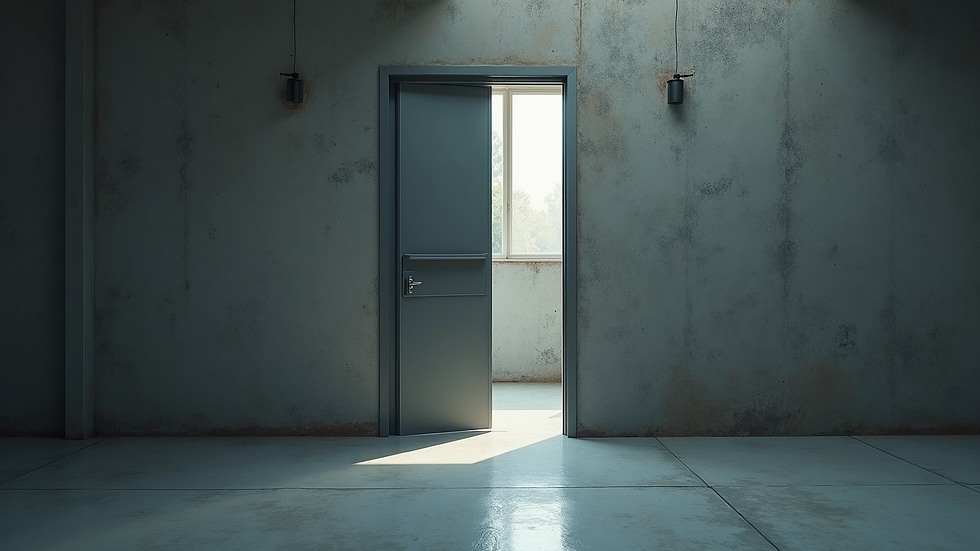Thermally Broken Frames: Enhancing Insulation Effectively
- Lyn Emps
- Aug 15
- 3 min read
When it comes to improving the energy efficiency of buildings, one critical component often overlooked is the frame of doors and windows. These frames can be a significant source of heat loss or gain, impacting overall insulation performance. This article explores how thermal frames insulation can be enhanced effectively, focusing on the innovative solution of thermally broken frames.
Understanding Thermal Frames Insulation and Its Importance
Thermal frames insulation plays a vital role in maintaining comfortable indoor temperatures and reducing energy consumption. Frames made from materials like aluminum or steel are excellent for durability but tend to conduct heat easily. This conduction creates a thermal bridge, allowing heat to escape during winter or enter during summer, which increases heating and cooling costs.
Improving thermal frames insulation means addressing this issue by using materials and designs that reduce heat transfer. Proper insulation in frames helps:
Lower energy bills by reducing heating and cooling demands
Enhance indoor comfort by maintaining consistent temperatures
Minimize condensation and related moisture problems
Contribute to sustainable building practices by reducing carbon footprint

How Thermal Frames Insulation Works in Practice
Thermal frames insulation involves incorporating materials with low thermal conductivity into the frame structure. These materials act as barriers to heat flow, breaking the path that heat would normally take through metal or other conductive materials.
Common methods to improve thermal insulation in frames include:
Using insulating materials such as polyurethane or polyamide strips within the frame.
Adding thermal breaks that separate the interior and exterior parts of the frame.
Applying weatherstripping and seals to prevent air leakage around the frame.
Selecting composite materials that combine strength with insulation properties.
By integrating these techniques, frames can significantly reduce heat transfer, improving the overall energy efficiency of windows and doors.

What is a thermally broken frame?
A thermally broken frame is a specialized frame design that incorporates a thermal break - a non-metallic section inserted between the interior and exterior parts of the frame. This break interrupts the conductive path of heat, drastically reducing thermal transfer.
Typically, thermally broken frames use materials like polyamide or polyurethane as the thermal barrier. These materials have low thermal conductivity and provide excellent insulation without compromising the frame's structural integrity.
The benefits of thermally broken frames include:
Improved energy efficiency by reducing heat loss and gain
Reduced condensation on interior surfaces, preventing mold and damage
Enhanced comfort by maintaining stable indoor temperatures
Compliance with energy codes and green building standards
These frames are especially valuable in climates with extreme temperatures, where energy savings and comfort are priorities.

Practical Recommendations for Choosing and Installing Thermal Frames
To maximize the benefits of thermal frames insulation, consider the following practical tips:
Choose frames with certified thermal breaks: Look for products tested and rated for thermal performance.
Match frame materials to climate needs: Aluminum frames with thermal breaks work well in cold climates, while composite frames may suit milder regions.
Ensure professional installation: Proper sealing and fitting are crucial to prevent air leaks and maintain insulation integrity.
Combine with energy-efficient glazing: Use double or triple-pane glass to complement the insulated frames.
Maintain frames regularly: Check seals and weatherstripping to avoid degradation over time.
By following these recommendations, you can ensure your thermal frames insulation performs optimally, contributing to energy savings and comfort.
Why Thermally Broken Frames Are a Smart Investment
Investing in thermally broken frames is a smart choice for anyone looking to enhance building insulation effectively. Although the initial cost may be higher than standard frames, the long-term benefits outweigh the expense.
Key advantages include:
Lower energy bills due to reduced heating and cooling loads
Increased property value with energy-efficient upgrades
Improved indoor air quality by reducing condensation and mold risks
Environmental benefits through decreased energy consumption and emissions
Incorporating thermally broken frames into your building design or renovation project is a practical step toward sustainable and comfortable living spaces.
By understanding and applying the principles of thermal frames insulation, you can significantly improve your building's energy efficiency. Whether upgrading existing windows and doors or planning new construction, thermally broken frames offer a reliable and effective solution to enhance insulation and comfort.




Comments